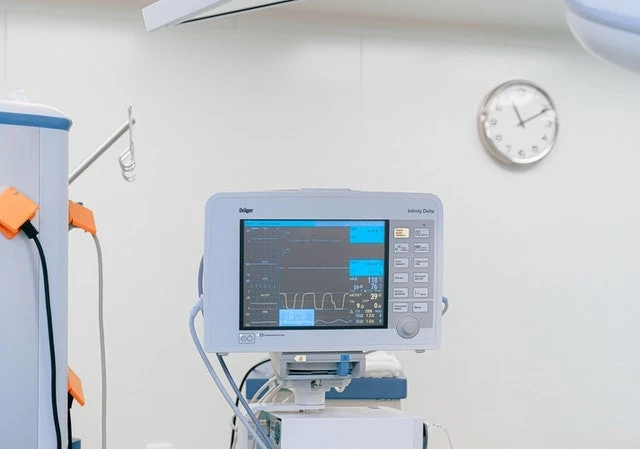EU publishes data on adverse reactions with cell and tissue transplants
Add bookmarkEU data, published in December 2017, reveals that in the space of one year at least 365,000 patients received human cell and tissue treatment.
Annually thousands of EU citizens benefit from human tissues and cell applications and reproduction initiatives. The most recent data from the European Commission states that a total of 365,060 patients in the EU received tissues or cells in 2015. Just over 255,000 were related to reproductive cells.
Risks
Materials of human origins do carry risks, one being disease transmission from the donor.
[inlinead]
Serious Adverse Reactions
Reports from 16 countries counted a total number of 256 Serious Adverse Reactions (SARs), 74 in connection with non-reproductive and 172 to reproductive tissues and cells. Within the reports for non-reproductive tissues and cells at least 3 reactions led to death.
The majority of SARs for non-reproductive tissue and cells were linked to bacterial or fungal infections. Whereas, genetic diseases were the cause of most the SARs with reproductive cell transplants.
“Health professionals should be encouraged to submit reports to contribute to greater understanding and so that lessons learned can be shared with others to help avoid the repetition of SARs.”
Serious Adverse Events
Just over 620 Serious Adverse Events (SAEs) were reported by 21 countries for 2015. The EC calculates that these events occurred for 0.027% of tissues and cells processed during this period. A slight increase in comparison to previous years.
The main categories for SAEs were: tissue or cell defects, human error and equipment failures. Most reports fell under the “human error” field during the procurement and processing stages.
The EC deducted that practitioners may need to revise standard operating procedures in tissue establishments and clarify the most critical aspects that need addressing. Also, the training and competence of personnel should be assessed.

More data accountability
Since 2018 reporting EU countries have provided annual vigilance reports on SARs within tissue and cell recipients and Serious Adverse Events (SAEs) that occur from donation to clinical application
Data collection and the integrity of information inputted in this area has improved over time.
However, “There is still a significant degree of under-reporting by some countries; thus data should be interpreted with caution.”
“Health professionals involved in the clinical application of tissues and cells and tissue establishment personnel should be encouraged to submit reports in order to contribute to greater understanding and to identify preventive and corrective measures so that lessons learned can be shared with others to help avoid the repetition of SARs.”



















